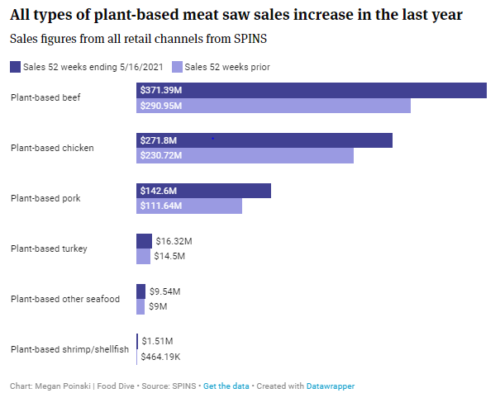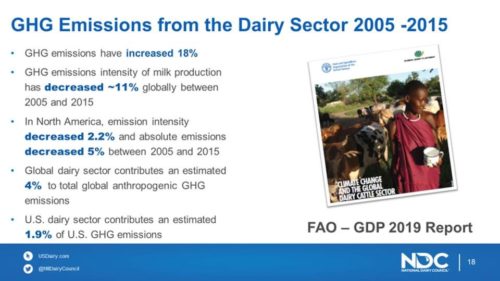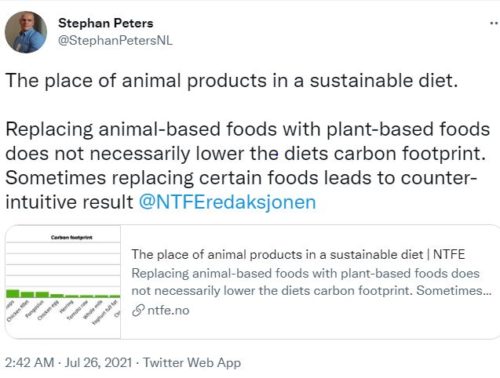Industry-funded study of the week: whole-fat dairy
I’m kind of a dairy agnostic. If you like dairy foods, fine; if not, don’t eat them.
But the arguments about them are fierce, and the current Dietary Guidelines for Americans advise choosing low-fat alternatives.
So when I saw the title of this study, I wondered whether it had been funded by the dairy industry. It was not, although some of the investigators have dairy industry ties.
The study: Whole-fat dairy products do not adversely affect adiposity or cardiometabolic risk factors in children in the Milky Way Study: a double-blind randomized controlled pilot study. Analise Nicholl, Kane E Deering, Kate Evelegh, Philippa Lyons-Wall, David Lawrence, Trevor A Mori, Mario Kratz, Therese A O’Sullivan. The American Journal of Clinical Nutrition, Volume 114, Issue 6, December 2021, Pages 2025–2042, https://doi.org/10.1093/ajcn/nqab288
Conclusions: Our results suggest that although changing from whole-fat to reduced-fat dairy products does reduce dairy fat intake, it does not result in changes to markers of adiposity or cardiometabolic disease risk in healthy children.
Acknowledgments: …The Principal Investigator, TAOS, was awarded funding in 2011 for a previous study from the Dairy Health and Nutrition Consortium. MK has received honoraria and reimbursements for travel as well as a research grant from several dairy-related organizations, including National Dairy Council/Dairy Management Inc., Dairy Farmers of Canada, the Dutch Dairy Association (Nederlandse Zuivel Organisatie), Dairy Australia, and the French Interbranch Organization (CNIEL). All other authors report no conflicts of interest.
Notes: …No funding body played any role in the Milky Way Study design, implementation, analysis or interpretation of the data, or publication. The Milky Way Study received no funding from any dairy or food industry organization or affiliation toward study research, dairy product purchase or provision, child assessments, project personnel, or publication.
Comment: No funding body needed to be involved in this study to raise questions of conflicted interests; two of the authors report financial ties to dairy companies. At the very least, these ties give the appearance of conflict of interest. Are dairy foods good, bad, or indifferent for health? My guess is that like pretty much everything else in the diet, it depends on everything else you are eating (unless you are lactose or dairy protein intolerant, in which case you know to avoid dairy foods). The underlying purpose of this study is to encourage sales of full-fat dairy products to children. Is that a good idea? You decide.
Reference: For a summary of research on the “funding effect”—the observation that research sponsored by food companies almost invariably produces results favorable to the sponsor’s interests, but that recipients of industry funding typically do not recognize its influence—see my book, Unsavory Truth: How Food Companies Skew the Science of What We Eat.






